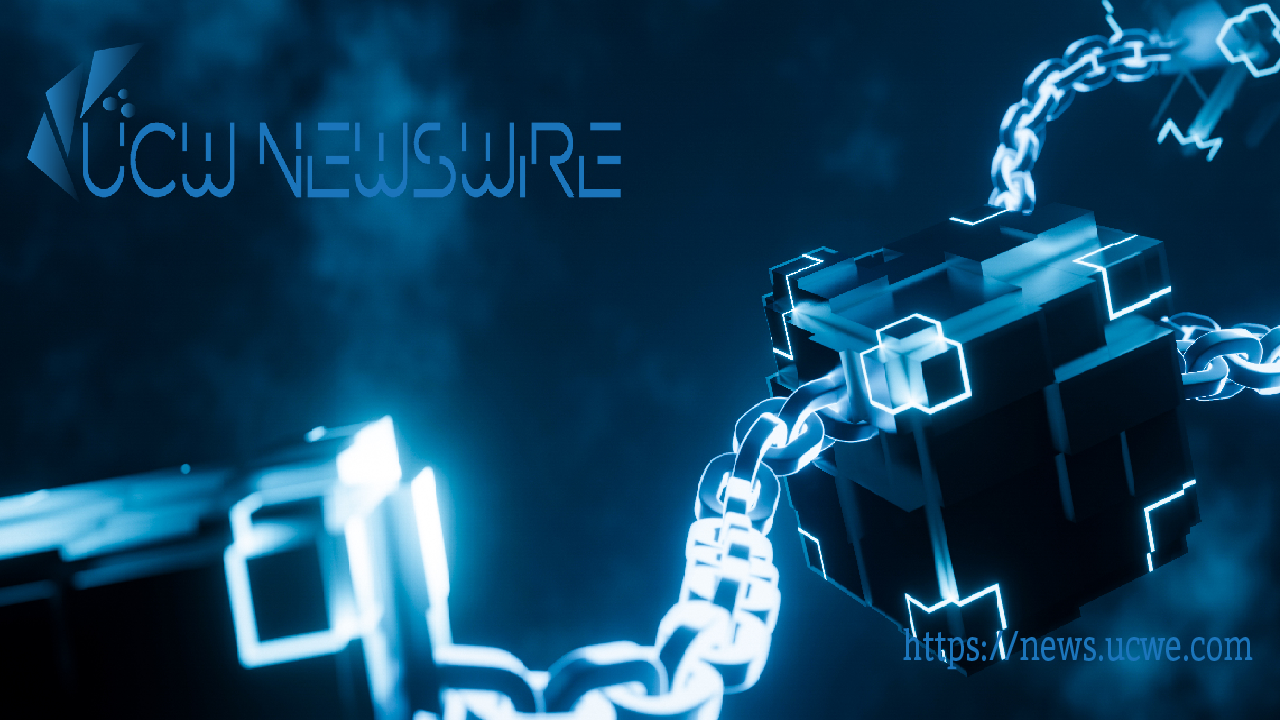The U.S. Crypto Stance, The Catalyst for a Global Blockchain Evolution
As the United States takes an increasingly complex and often restrictive stance on cryptocurrency regulation, the global blockchain industry is on the brink of a paradigm shift. The scrutiny from

As the United States takes an increasingly complex and often restrictive stance on cryptocurrency regulation, the global blockchain industry is on the brink of a paradigm shift. The scrutiny from regulators, combined with enforcement actions against major crypto entities, is forcing a strategic evolution, one that may ultimately propel blockchain networks like Solana, XRP, Avalanche, and Pecu Novus into the forefront of real-world utility. With superior speed, stability, efficiency, and global inclusion, these blockchains could soon surpass Ethereum as the dominant force in decentralized applications (dApps) and financial infrastructure.
Regulatory Uncertainty, a Push Toward Global Innovation
The U.S. Securities and Exchange Commission (SEC) and other regulatory bodies have been tightening their grip on crypto firms, creating uncertainty that has pushed developers and investors toward more stable and innovation-friendly jurisdictions. While this may seem like a setback for the industry in the short term, it is catalyzing a broader shift in blockchain development.
The regulatory pressure is prompting projects to focus on real-world use cases, fostering a more resilient industry. Solana, XRP, Avalanche, and Pecu Novus are at the center of this transition, positioning themselves as the next generation of high-utility blockchain networks.
The Rise of Utility-Driven Blockchains Beyond Ethereum
Ethereum has long been the go-to blockchain for decentralized applications and smart contracts. However, its limitations, high gas fees, network congestion, and scalability challenges, have left the door open for more efficient alternatives. Networks such as Solana, XRP, Avalanche, and Pecu Novus are stepping up to fill these gaps, offering a blend of speed, cost-efficiency, and scalability that could redefine the blockchain landscape.
Solana: The Speed Leader
Solana has emerged as one of the fastest blockchains, capable of processing over 65,000 transactions per second (TPS) with minimal fees. Its high throughput and developer-friendly ecosystem make it an attractive choice for DeFi applications, NFTs, and Web3 gaming. As businesses and financial institutions seek cost-effective alternatives to Ethereum, Solana is poised to become a leading contender.
XRP: The Global Payments Pioneer
XRP, designed for cross-border payments, is uniquely positioned to disrupt the global financial system. With its ability to settle transactions in mere seconds at a fraction of traditional banking costs, XRP continues to gain traction among financial institutions. Its ongoing legal battles in the U.S. have only strengthened its global appeal, with adoption surging in Asia, Europe, and Latin America.
Avalanche: The Enterprise Blockchain
Avalanche offers a unique consensus mechanism that balances decentralization, security, and speed. With subnets allowing for customizable blockchain ecosystems, it has become a preferred choice for enterprise adoption. From institutional finance to supply chain management, Avalanche’s efficiency is positioning it as a next-generation solution for high-volume transactions.
Pecu Novus: The Scalable and Inclusive Network
Pecu Novus is emerging as a powerful force in blockchain technology, emphasizing security, scalability, speed and global accessibility. Designed to handle enterprise-grade applications, Pecu Novus is gaining recognition for its ability to process transactions efficiently and fast while maintaining a decentralized framework. Its potential use cases extend beyond financial transactions, offering solutions for asset tokenization, healthcare, and data security.
The Global Shift Toward Blockchain Utility
While the U.S. grapples with regulatory challenges, other regions are embracing blockchain innovation. Europe, Asia, and Latin America are actively fostering crypto-friendly environments, attracting projects that prioritize real-world applications. This global momentum is setting the stage for a future where utility-driven blockchains, not just speculative assets, define the industry.
The ongoing evolution of Solana, XRP, Avalanche, and Pecu Novus signals a shift away from speculative trading toward tangible value creation. Whether through instant cross-border payments, decentralized finance, or enterprise-grade solutions, these blockchains are shaping the future of digital economies.
The United States’ regulatory stance on crypto may seem restrictive, but it is inadvertently driving a more mature and utility-focused industry. As Ethereum struggles with scalability issues, Solana, XRP, Avalanche, and Pecu Novus are rising to the occasion, offering efficiency, speed, and inclusion on a global scale. The next chapter of blockchain evolution will be defined not by speculation, but by real-world impact—and the future is already taking shape.
Joseph Achida
UCW Newswire

